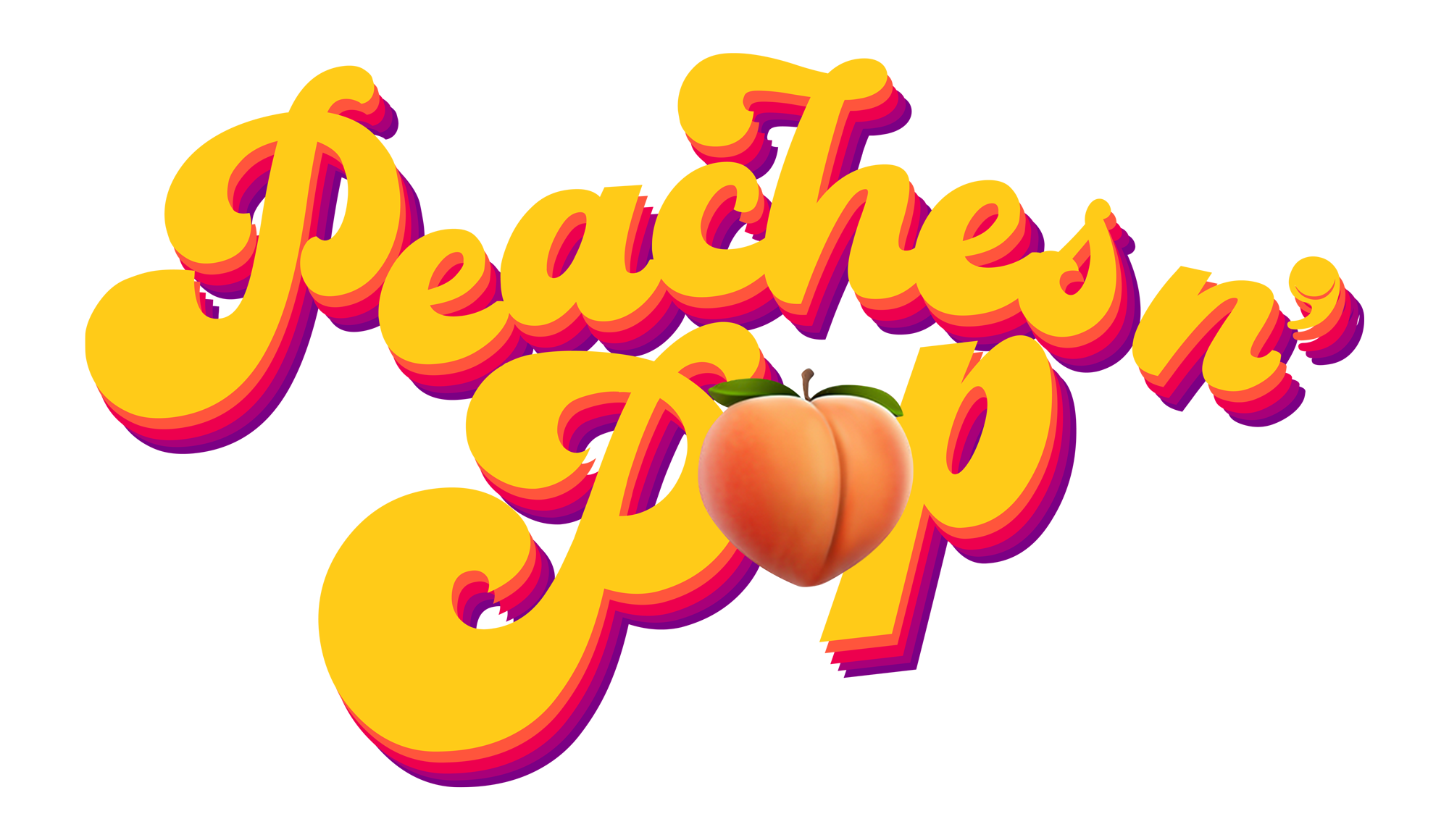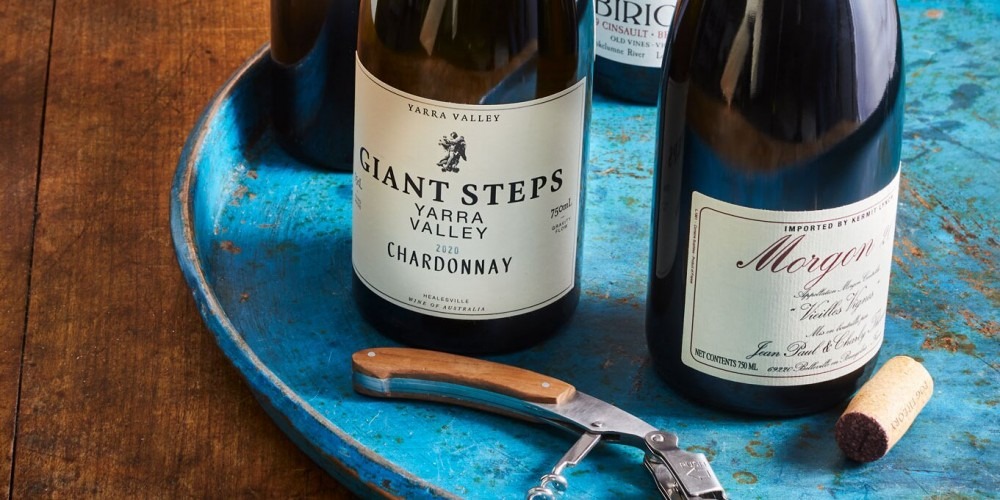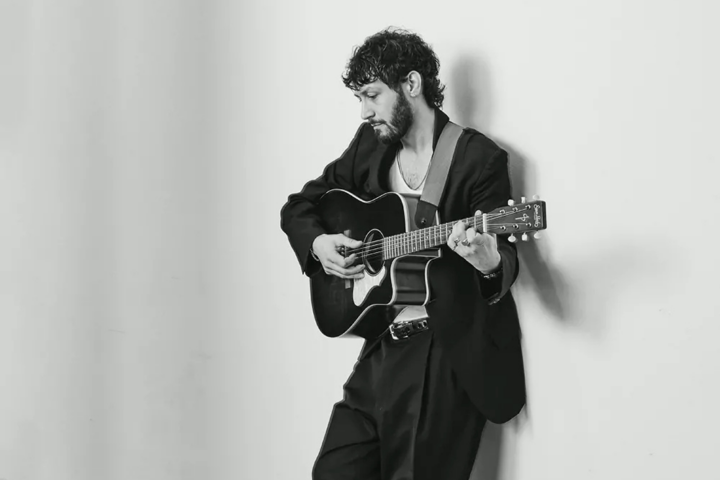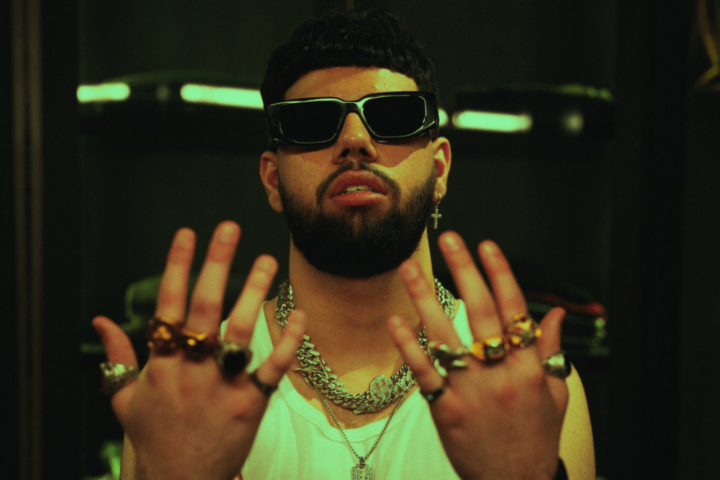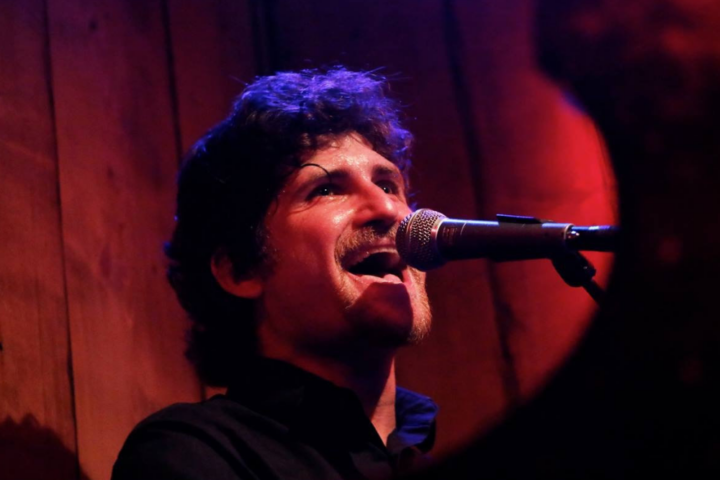If there's one stylistic trend that has marked the past seven or eight years, it's a turn away from high-alcohol, super-ripe wines—red or white—toward lighter, more savory styles. Cooler-climate regions; earlier harvesting; renewed attention paid to wines like Beaujolais, once out of fashion for its lightness, and classic Napa Valley producers known more for balance than massiveness … well. Elegance is in, as these four paradigm-shifting categories amply demonstrate.
Cool-Climate Chardonnay
Cooler regions make Chardonnays that tend to be lower in alcohol, with bright acidity and less overtly ripe fruit. Chablis is the touch-stone, but regions like Australia's Yarra Valley, where the vibrant 2020 Giant Steps Chardonnay ($35) comes from, are rising fast.
California Re-Envisioned
Winemakers Alex Krause and John Locke are emblematic of a cadre of California vintners who started aiming for elegant, lighter styles in the past decade. Their violet-scented 2019 Birichino Bechthold Vineyard Cinsault ($26) captures this sensibility perfectly.
Cru Beaujolais
Cru Beaujolais all but vanished under an ocean of Beaujolais Nouveau before sommeliers fell newly in love with them in the mid-2000s. The silky 2019 Jean-Paul Thévenet Morgon ($40) feels so vibrantly alive that it's impossible not to ask for another glass.
Classic Napa Comes Back
In the early 2000s, Napa Cabernet went ultra-ripe; the most bloated were like a wine version of Juggernaut from Deadpool 2. But some winemakers stuck to their love for power balanced with elegance, as the 2017 Corison Napa Valley Cabernet Sauvignon ($100) shows.
-
Marc Farrell Wants to Change the Way You Think About Rum
-
8 Rum Brands Bringing More Diversity to the Industry
-
The Five Best Wine Road Trips in the U.S.
-
The 2021 Wine Lover’s Guide
